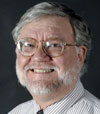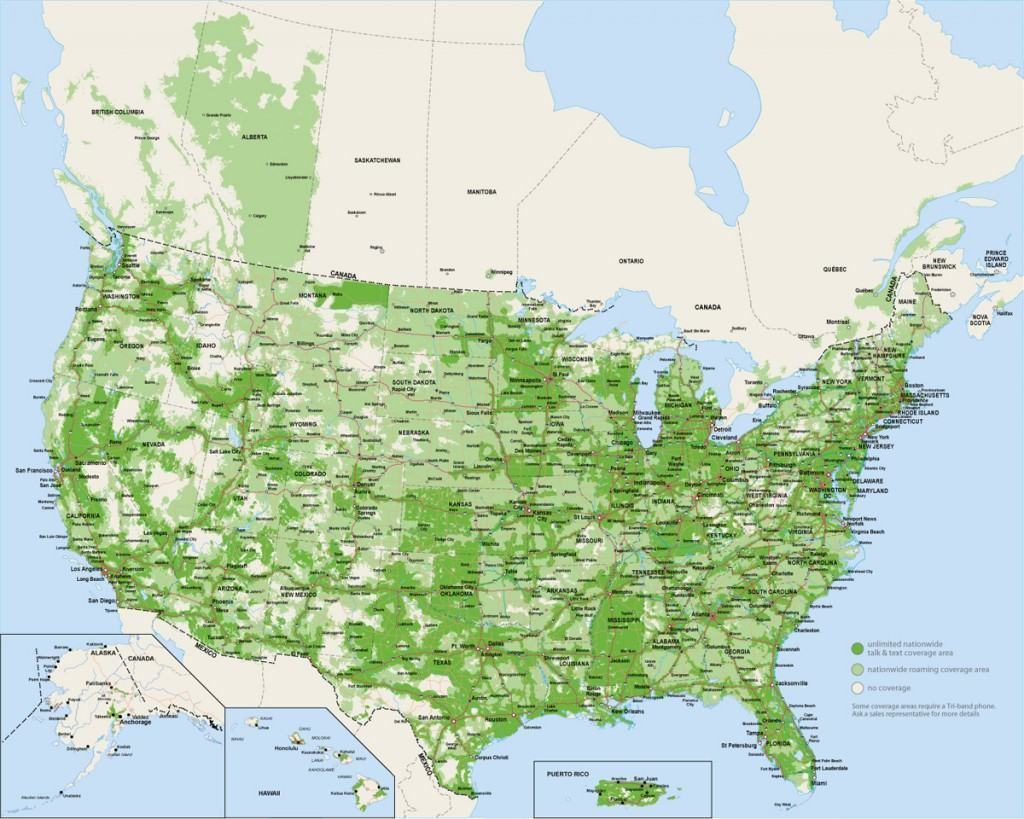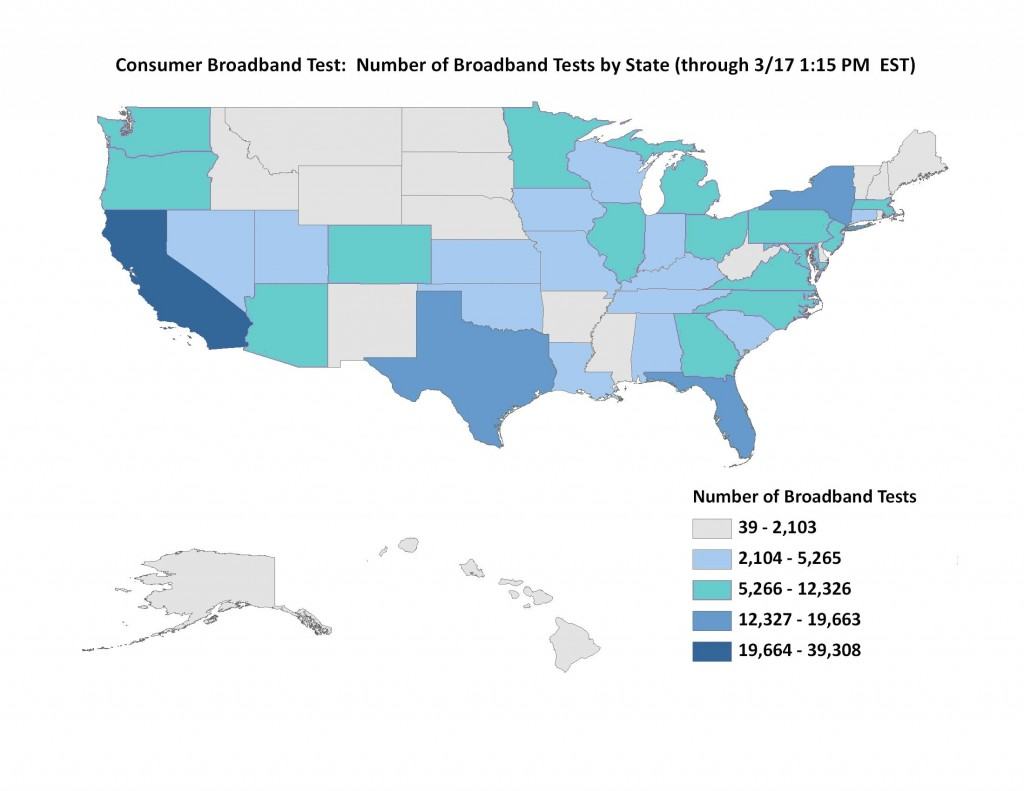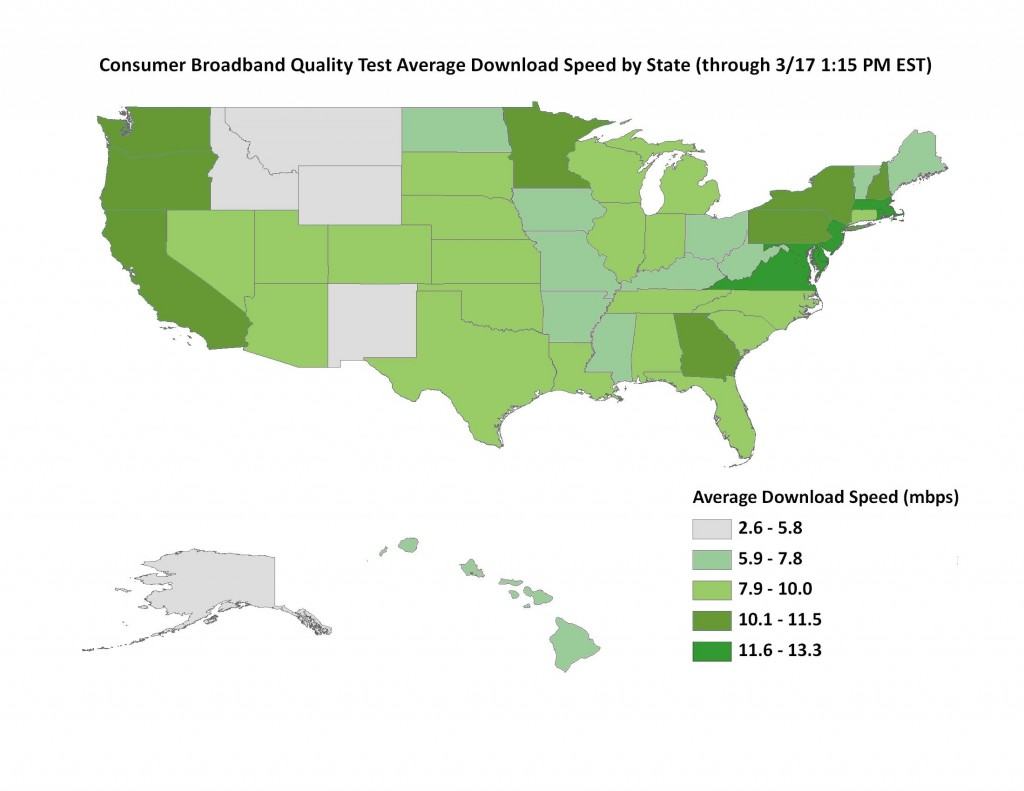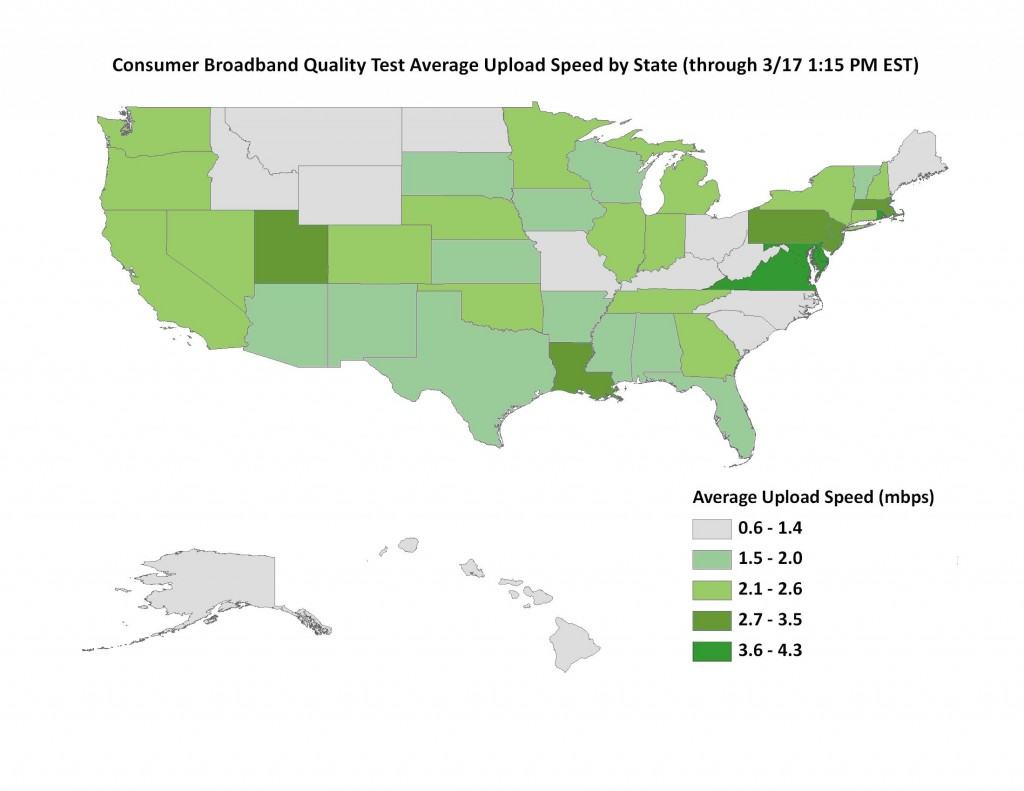 AT&T has announced it is bringing its U-verse broadband, telephone, and television system to Springfield, Missouri providing residents an alternative to cable service from Mediacom.
AT&T has announced it is bringing its U-verse broadband, telephone, and television system to Springfield, Missouri providing residents an alternative to cable service from Mediacom.
“We’re very excited to offer a competitive choice to Springfield consumers,” said Kris Ryan, general manager of AT&T Home Solutions for the greater Missouri region.
Unfortunately, most Springfield residents will have to wait before the service becomes available in their neighborhood. AT&T has only limited service available in Springfield, Battlefield, Nixa, Republic and parts of Fremont Hills. The company has a tradition of announcing U-verse, and then slowly deploying service on a neighborhood-by-neighborhood basis over the next several years.
Potential customers noticed, complaining that entire zip codes in and around the Springfield area currently do not have U-verse available.
When the service does arrive, residents can expect pricing ranging from $19 – $167 a month, depending on how many channels and what type of broadband speed is desired.
|
AT&T U-verse TV Pricing Information
There are additional charges for HD channels and DVR service. |
Mediacom can beat AT&T’s broadband speeds in Springfield, as it upgraded to DOCSIS 3 service, permitting customers to get up to 50Mbps service from the cable company. AT&T’s U-verse tops out at 18Mbps in the Springfield area.
Residents can check to see if U-verse is available at their address by visiting the AT&T U-verse qualification website.
[flv width=”360″ height=”260″]http://www.phillipdampier.com/video/KSFX Springfield ATT Launches U-verse in the Ozarks 3-22-10.flv[/flv]
KSFX-TV in Springfield reports on the unveiling of U-verse in the greater Springfield area. (1 minute)


 Subscribe
Subscribe
